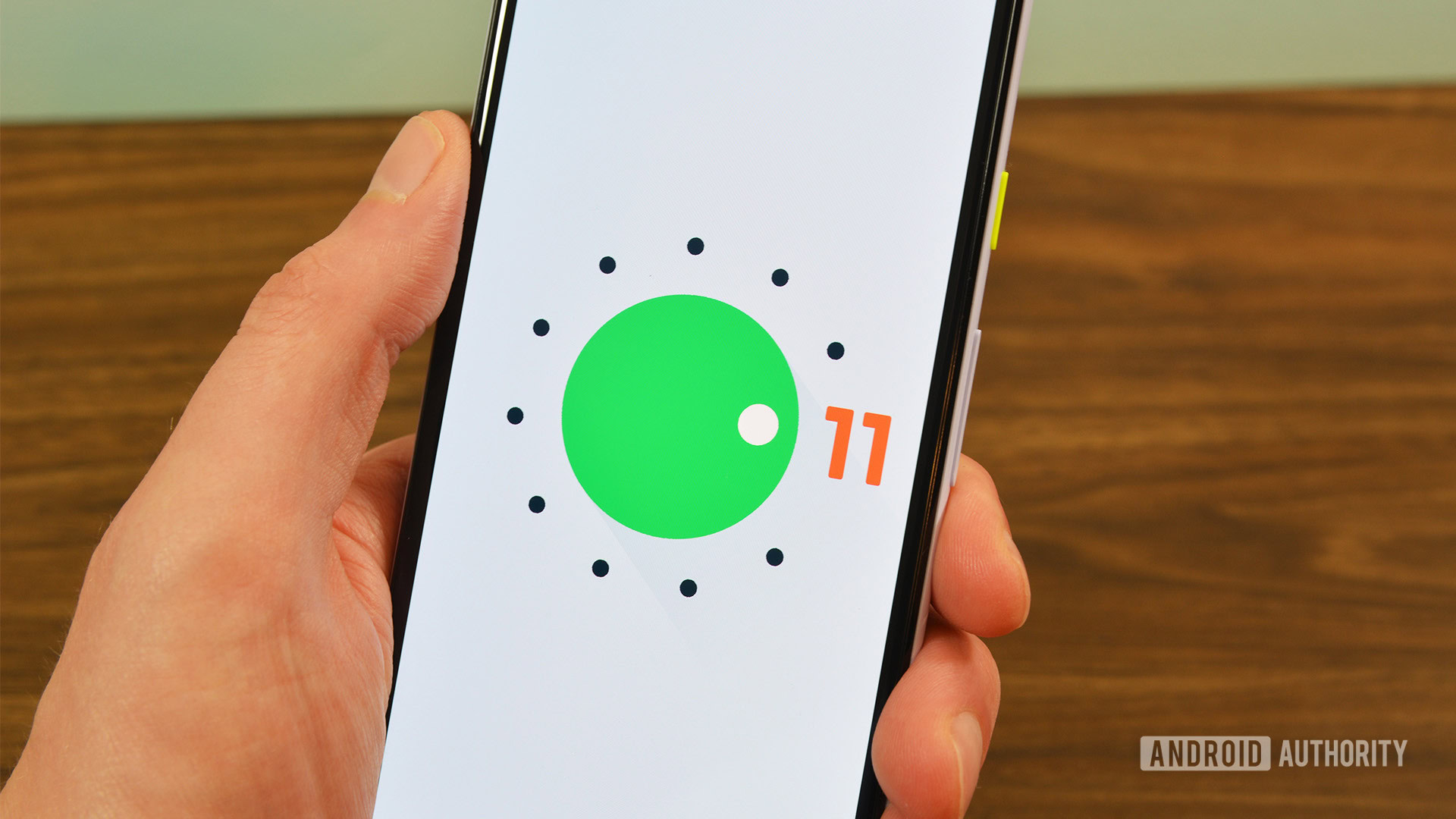Affiliate links on Android Authority may earn us a commission. Learn more.
Google releases Android 11 Developer Preview 2: Here are all the details
Published onMarch 18, 2020
The second Android 11 Developer Preview 2 is rolling out today, Google announced in a blog post. Compared to the first Android 11 Developer Preview, this second update actually comes with a fair share of new features. However, these builds are still only recommended for developers or early adopters who have a spare device.
If you’re already running Android 11 Developer Preview 1 or the 1.1 maintenance release, an OTA update will be available for you later today. For those not running Android 11 yet, you can manually download and flash the system. Google is also making the update available through the new Android Flash Tool. This update is available for the Google Pixel 2, Pixel 2 XL, Pixel 3, Pixel 3 XL, Pixel 3a, Pixel 3a XL, Pixel 4, and Pixel 4 XL.

What’s new in Android 11 Developer Preview 2?
Google is adding a variety of new features, both user-facing and behind-the-scenes, to Android 11 with this new update. Here are the biggest changes:
- 5G state API: Developers can now quickly check whether a user is currently connected on a 5G New Radio or Non-Standalone network.
- Hinge angle for foldables: For foldable phones like the Samsung Galaxy Z Flip or Galaxy Fold, Android 11’s new AndroidX API will let developers build experiences for hinge angles to help create more adaptive experiences.
- Call screening service improvements: Google is adding new APIs to let call-screening apps do more to keep calls from bugging users. These apps will now be able to report a call rejection reason, as well as see if a call is being made to or from a number in the user’s contacts.
- Scoped storage updates: Android 11’s scoped storage feature is getting an update, with better management of cached files and support to migrate files from the legacy scoped storage model to the new model. You can read more about the scoped storage updates here.
- Synchronized IME transitions: Google is introducing a new set of APIs that let you sync your app’s content with the onscreen keyboard and system bars as they animate on and offscreen. This will hopefully allow devs to create more natural, intuitive, and “jank-free” IME transitions. Take a look at the GIFs below to see it in action.
- Variable refresh rate: In Android 11, apps and games can now set a preferred frame rate for each window. On devices with variable refresh rates, the system will now use the app’s preferred frame rate to choose the best refresh rate for the app.
- Resume on reboot: Scheduled overnight OTA software updates can be a tricky thing, but Android 11 is improving the process. In Developer Preview 2, resume on reboot will let applications access Credential Encrypted (CE) storage after the OTA reboot without the user needing to unlock the device first. This means apps can resume normal functionality and receive messages right away.
- Camera support in the Android Emulator: The Android Emulator now supports both front- and back-emulated camera devices.
We’re still diving into Android 11 Developer Preview 2, so stay tuned for more coverage later today! In the meantime, you can learn all about Android 11 in the links below.